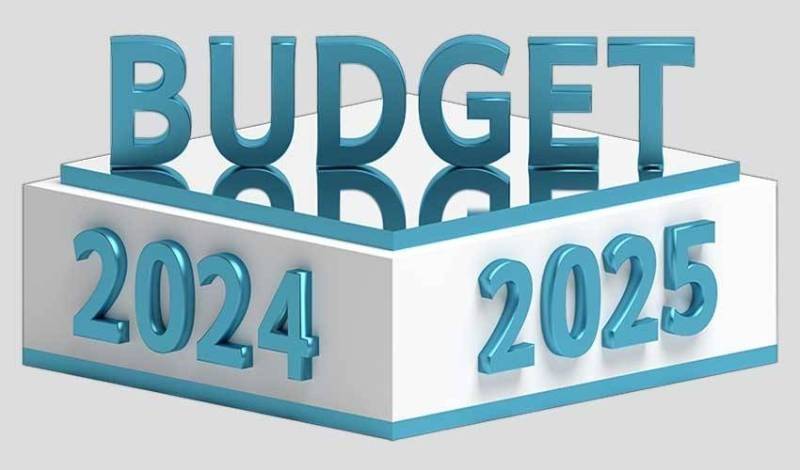ISLAMABAD: The Pakistan Muslim League-Nawaz (PML-N) led federal government will present its first growth-oriented budget for the fiscal year 2024-25, with an estimated outlay exceeding Rs18 trillion, on June 12 (today).
Federal Minister for Finance and Revenue, Senator Muhammad Aurangzeb, will present the budget on the floor of the National Assembly.
According to government sources, “The budget will aim to alleviate public hardships, transform the agriculture sector, promote information technology (IT), and boost exports.”
The government also stated that the budget will focus on fiscal management, revenue mobilization, economic stabilization and growth measures, reduction in non-development expenditures, job creation, and policies aimed at socioeconomic prosperity.
Preparations for the federal budget announcement for fiscal year 2024-25 have been proceeding swiftly, adhering to prescribed timelines. The budget is being formulated in close coordination among all relevant departments and ministries, encompassing the presentation in Parliament and the launch of the Economic Survey.
It is noteworthy that the budget is being presented amid ongoing deliberations between Pakistan and the International Monetary Fund (IMF) for a package of up to $8 billion.
Earlier on Tuesday, Finance Minister Muhammad Aurangzeb unveiled the Economic Survey of Pakistan 2023-24, reporting a GDP growth of 2.38 percent, surpassing the projected target of 2 percent.
Speaking at the launch ceremony of the Economic Survey of Pakistan 2023-24, Federal Minister for Finance, Senator Muhammad Aurangzeb, highlighted that despite challenges, the country had made significant strides in achieving macroeconomic stability. This includes a remarkable 30 percent growth in revenue collection, a reduced current account deficit, decreased inflation, and a stable currency.
The finance minister emphasized that this progress marks a significant turnaround from a precarious economic situation, which was characterized by a 0.2 percent GDP contraction, 29 percent rupee depreciation, and foreign exchange reserves dwindling to just two weeks’ worth of import cover.


